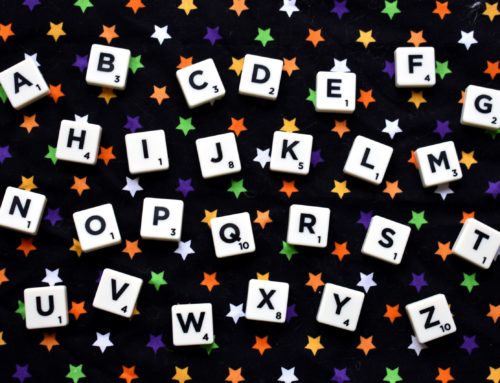Hi there everyone, and welcome to another blog post!
This week, we’re going to talk about themes! This can be a great option to help plan your session for several reasons which we will break down more later, including…
- It can help clients with reality orientation
- Centers the session around a specific topic
- Helps the therapist narrow down songs to use (while always taking into consideration client-preferred music)
- Educate clients about topics that may be unfamiliar to them
- It can help clients with reality orientation
Choosing themes to center your session around based off of the current season or holiday is a great way to orient your clients to the here and now (for example, what time of year it is, important events, time of day, etc.). For example, during June-August, I would do summer-themed sessions, and talk about different activities you might do in the summertime, different summertime foods, etc. During August, I would facilitate a “back to school” theme with my groups at a school setting, and then would move onto fall themed sessions in September. There are endless options for themes to incorporate, and the fall/winter is a great time to use themes with all of the holidays.

- Centers the session around a specific topic
When starting out as an intern or student, it can be difficult to smoothly transition between different interventions and songs that you use. However, if your session centers around a specific topic, it can be much easier to tie together everything that you are doing in a session. For example, a theme I have used with older adults is a “back to school” theme. You can first start with a PSE intervention and use the song “School Days”. Afterwards, while you’re getting the next intervention ready, you can tie together the previous intervention by saying something like, “Not only are elementary aged kids also going back to school, but college kids are moving into their dorms and starting back at school too! Something fun that a lot of college students participate in include going to football games and watching the marching band! Let’s get our muscles moving by playing in our own drum circle and making our very own band!” Then, you can smoothly transition into TIMP by doing a drum circle.

- Helps the therapist narrow down songs and interventions to use
So. Many. Songs. To. Choose. From. This is a great problem to have, but can often be quite overwhelming when choosing what songs to use in your sessions! However, if you choose a theme, it immensely narrows down songs you can use that will fit your theme. Google is your best friend when it comes to this. For example, are you doing a fall themed session plan? No problem! Type in “fall-themed songs” into Google, and it will automatically pop up the most popular songs in that category. Or, you can also check out these Spotify playlists that I made with different themes in this blog post! This also fits into what we talked about above, where it can center your session around a specific topic if you choose songs that fit into a similar category. As a quick note, client-preferred music is also key, so make sure you are also choosing songs that you are confident your clients enjoy! Some songs that I have used in a summer-themed session plan include:
- Summer of ‘69
- Under the Boardwalk
- Surfin’ Safari
- Hot, Hot, Hot
- Jump in the Line
- My Bonnie Lies Over the Ocean
- In the Good Old Summertime
- Under the Sea
- Let’s Go Fly A Kite
- Summertime
- Blue Skies
- Any Beach Boys song!

- Educate clients about topics that may be unfamiliar to them
Choosing different themes is also a great way to educate clients on topics that they may not have a lot of opportunities to learn about. For example, I have facilitated a camping theme with groups before, which also ties into fall. A lot of clients most likely have not had the opportunity to go camping, so this is another educational opportunity for them to learn something new. For this session plan, I have different visuals that correlate to different interventions, and I allow clients to pick a visual out of a drum, or I hold up two options for them to choose from. This also gives them the power of choice. For example, there is a visual of a picnic table, and then that correlates with our “question of the day”, which asks clients what their favorite camping snack food is. I also facilitate upper body PSE by using scarves as kites, and a movement intervention with a parachute as the “tent”. Afterwards, our visuals each have velcro, and they stick onto a larger visual that makes an entire camping scene.

To make this visual, I printed out and laminated a generic forest background. Then, I googled stock images, cut out and laminated the visuals, and then finally put velcro squares on different parts of the background picture and my visuals. If you want to save yourself some time from making your own visuals, there are already lots of ready-made visuals that you can find on Pinterest or teacher websites!
Some more examples of different themes you can use for teaching topics include world music, surfing, show tunes, movies, love songs and sports!
I want to hear from you! What are some themes that you use?
Thank you for reading and see you in the next post!
-Juliana Hsu, MT-BC






Leave A Comment